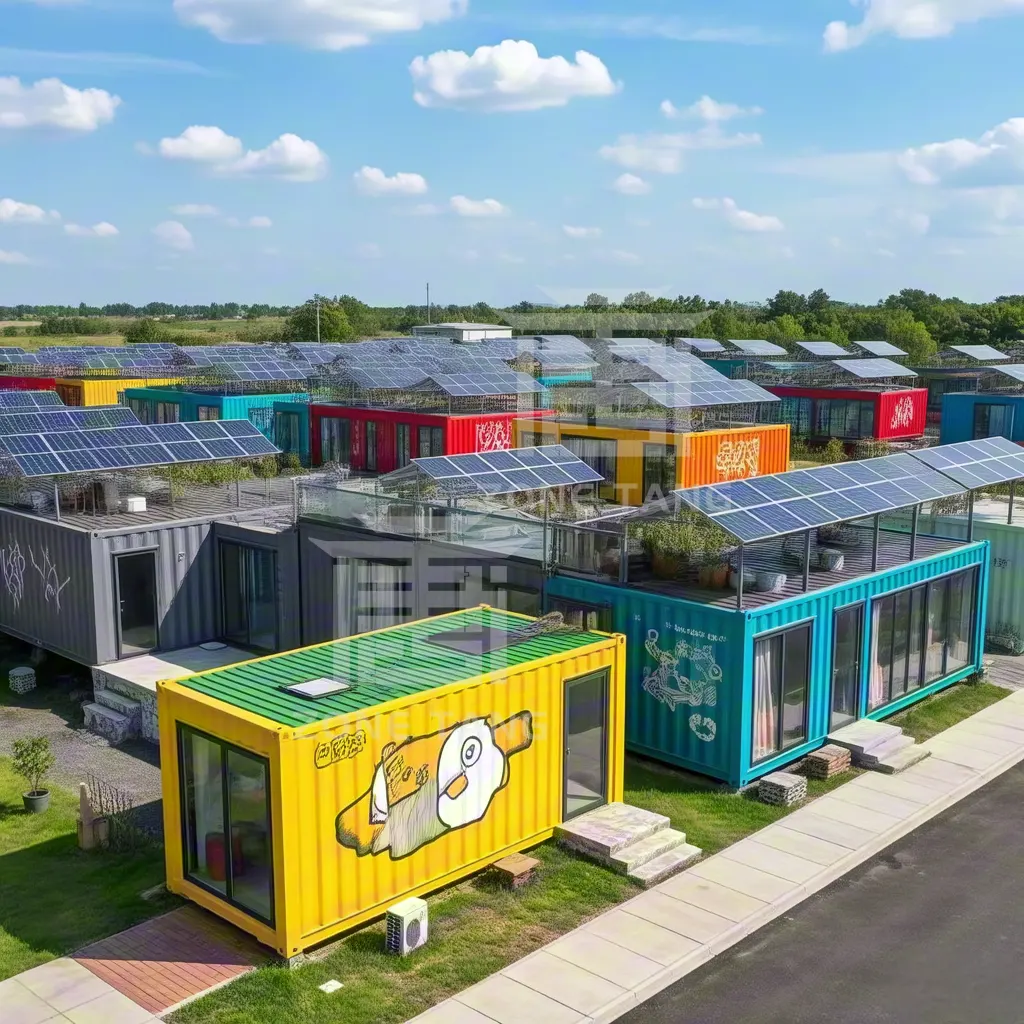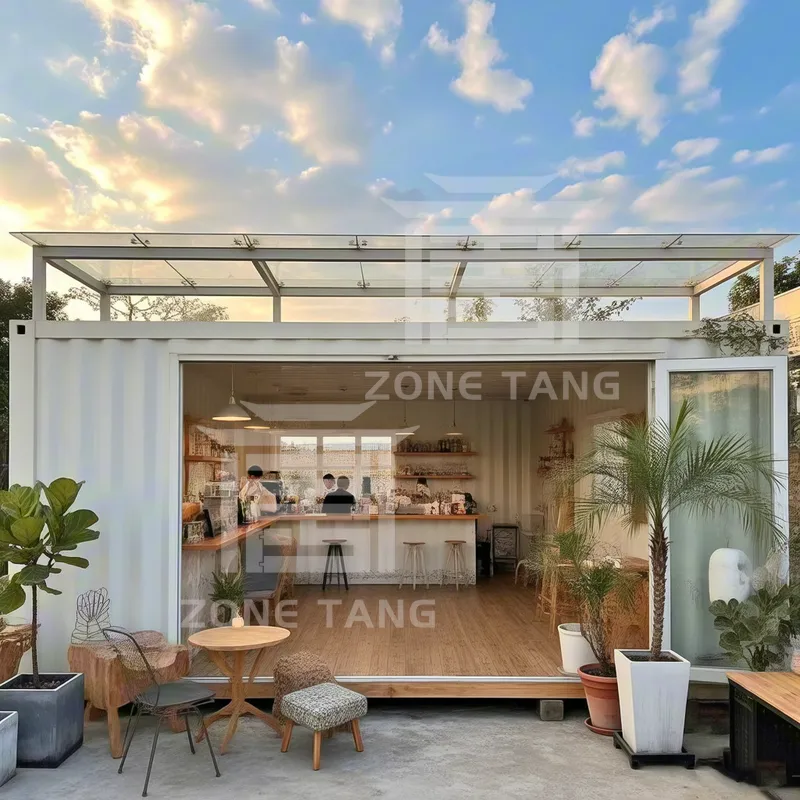BLOG
Could Creative Container Houses Be the Ultimate Urban Renaissance Tool?
Time:2025-03-26 14:32:12 visits:23
In a world where urban spaces are shrinking and sustainability is no longer optional, Creative Container Houses (or Creative Container Homes, as they’re often called) are emerging as a radical yet practical solution. But can these repurposed shipping containers truly transform how we live, work, and play in cities? Let’s dive into groundbreaking projects, expert insights, and real-life stories to uncover their potential—and challenges.
Case Study 1: The Pop-Up Village – Redefining Temporary Housing
In Austin, Texas, a temporary housing crisis sparked an unexpected solution: The Pop-Up Village. Designed by architect duo Urban Alchemy Collective, this community of Creative Container Houses was built to house displaced residents after a wildfire. Each 320-square-foot unit features solar panels, modular walls, and foldable furniture, allowing families to stay comfortably for months—or relocate if needed.
“We wanted to create a space that felt like home, not a temporary fix,” says lead designer Maya Chen. “The containers’ durability and stackability made them ideal for quick deployment, but the real magic was adding personal touches—like murals painted by local artists and communal gardens.” One resident, teacher Sarah Collins, shares, “I never thought I’d miss my tiny container home, but the design made it feel cozy and connected to the community.”

Case Study 2: The Eco-Loft – Luxury Meets Sustainability
On the opposite end of the spectrum, The Eco-Loft in Berlin proves that Creative Container Homes can cater to high-end buyers seeking eco-luxury. Designed by sustainable architect Green Horizon Studio, this two-story container home blends reclaimed wood, smart home technology, and a rooftop terrace. The ground floor houses an open-plan kitchen and living area, while the upper level features a bedroom with a glass ceiling for stargazing.
“Our client wanted a home that was both luxurious and zero-waste,” explains architect Leo Müller. “The containers provided a strong framework, but we reimagined every detail—from the recycled steel accents to the rainwater harvesting system.” The result? A home that generates more energy than it consumes and costs 30% less to build than a traditional mansion.

Expert Insights: Why Creative Container Houses Stand Out
To understand the broader appeal of Creative Container Houses, we spoke with Dr. Elena Torres, an urban planner specializing in adaptive reuse. “These homes aren’t just about affordability or sustainability—they’re about creativity,” she says. “Designers are pushing boundaries, turning industrial boxes into spaces that feel warm, functional, and even artistic.”
Torres also highlights their versatility: “Containers can be adapted for anything—offices, schools, healthcare clinics. In disaster zones, they’re lifesaving. In cities, they’re a way to add housing without sprawling outward.”
Creative Container vs. Traditional Homes: A Comparative Edge
While Creative Container Houses share some traits with prefab homes or tiny houses, their modular nature and industrial roots set them apart. Unlike wooden cabins or mobile homes, containers offer:
Durability: Built to withstand harsh weather and heavy use.
Speed: Assembled in weeks, not months.
Customization: Easily modified for layouts, finishes, and tech integration.
As sustainability consultant Raj Patel notes, “A Creative Container Home isn’t just a trend—it’s a toolkit for solving housing shortages in a climate-conscious way.”
The Verdict: A Blueprint for the Future?
From disaster relief to luxury living, Creative Container Houses are proving that innovation thrives in constraints. Are they the silver bullet for urban challenges? Not entirely. But as cities face overcrowding, climate risks, and affordability crises, these adaptable spaces offer a compelling starting point.
CATEGORIES
BLOG
CONTACT US
Whatsapp/Wechat: +86 19710016561
Tel: +86 536 628 1777
Fax: +86 536 628 1777
Email:zonetang@zonetang.com
Add: 500 meters west of Dashigiao Community, Zhuliu Street,Changle County.Weifang City, Shandong Province